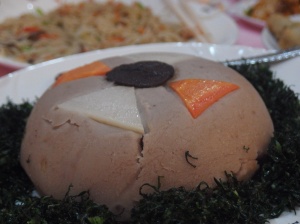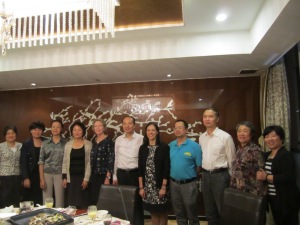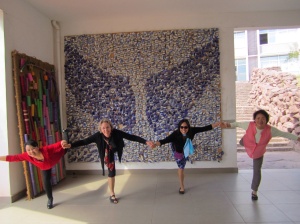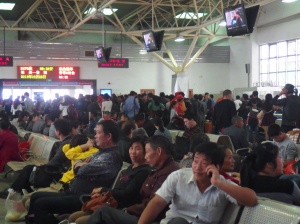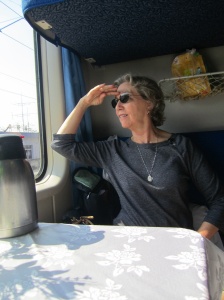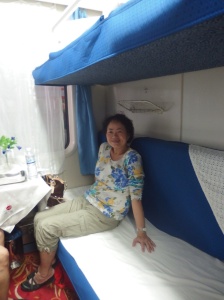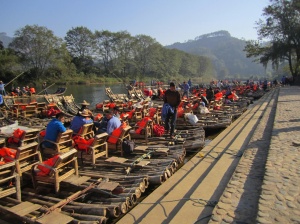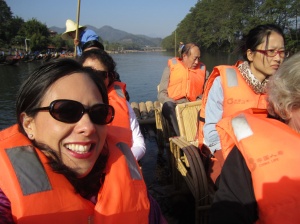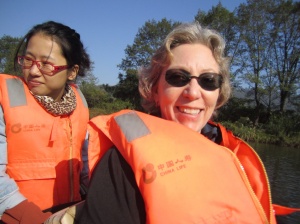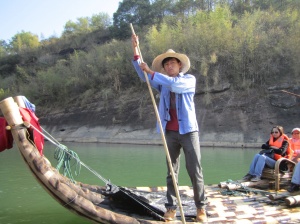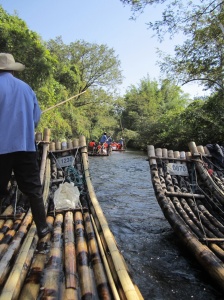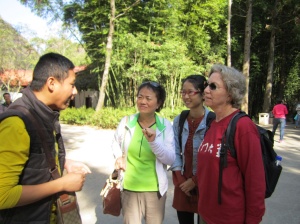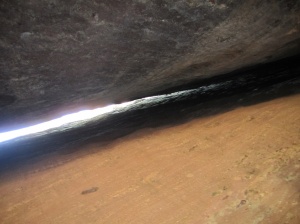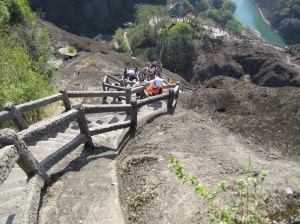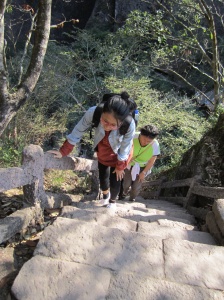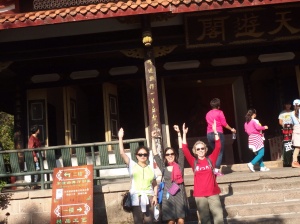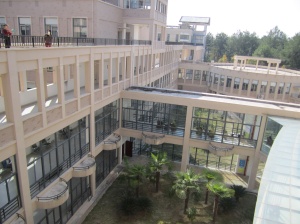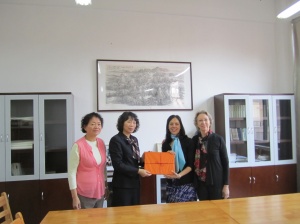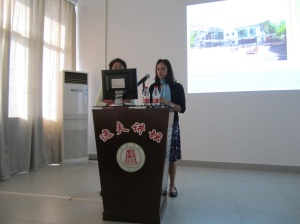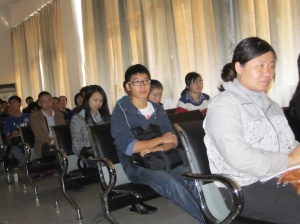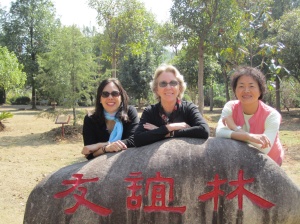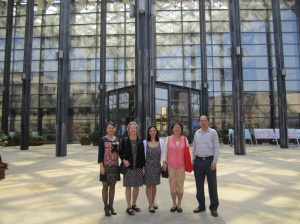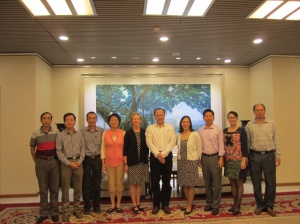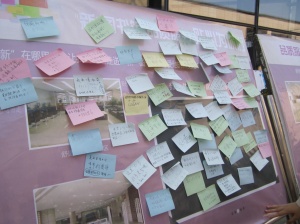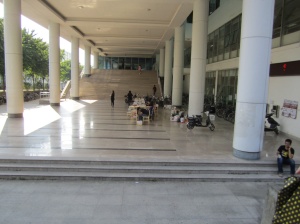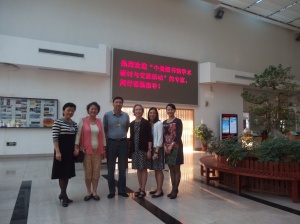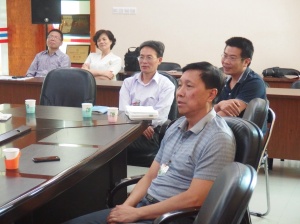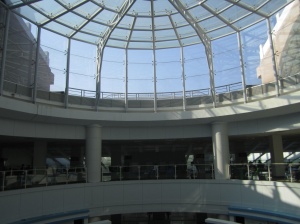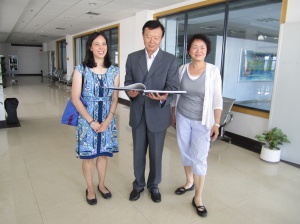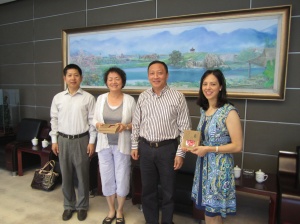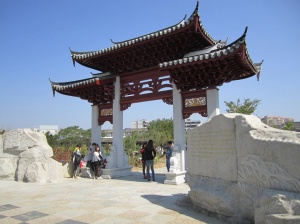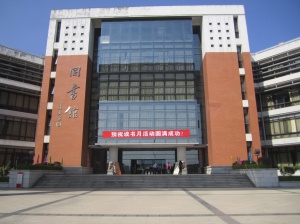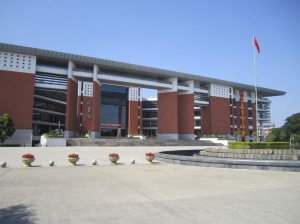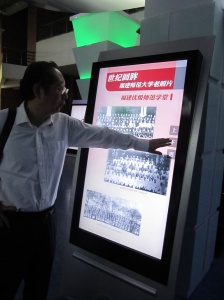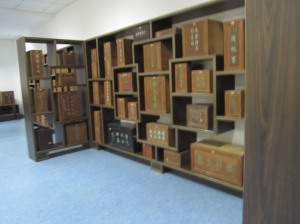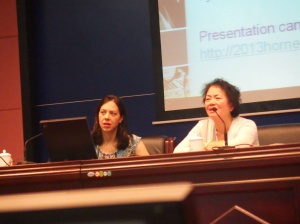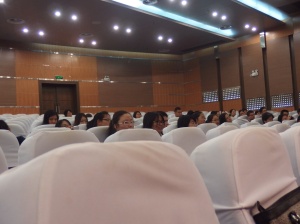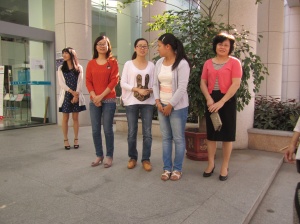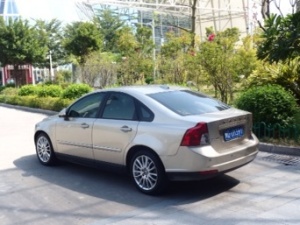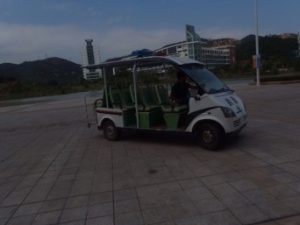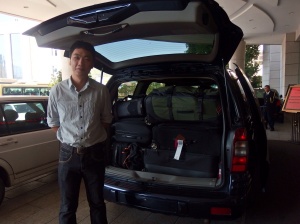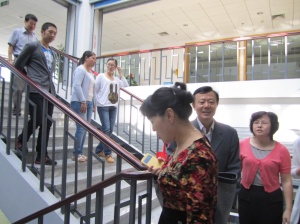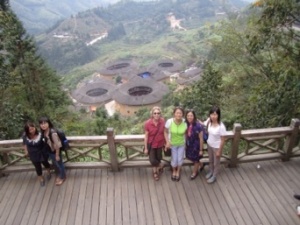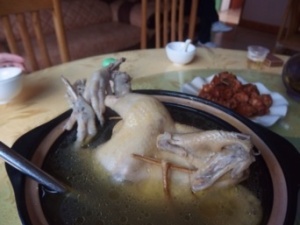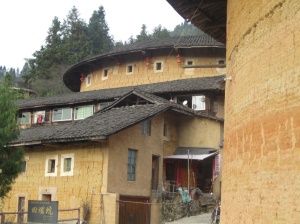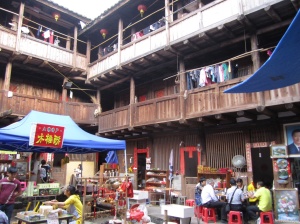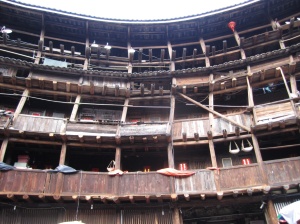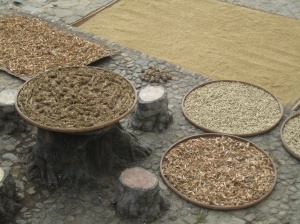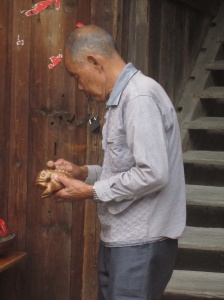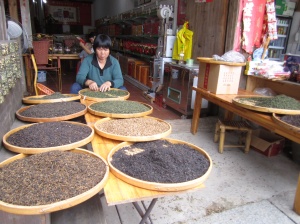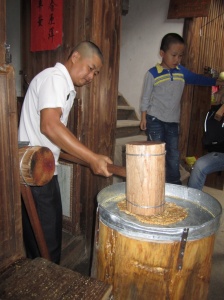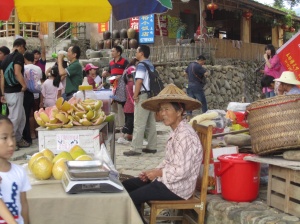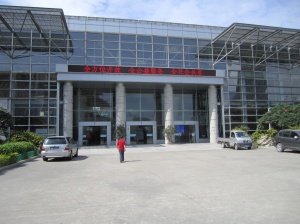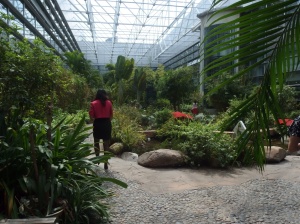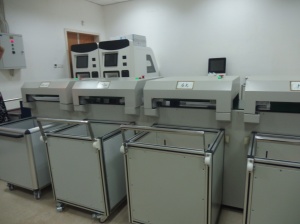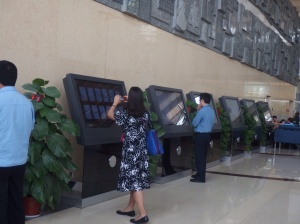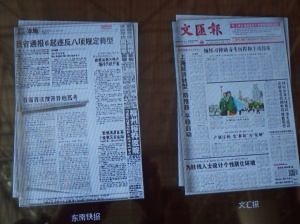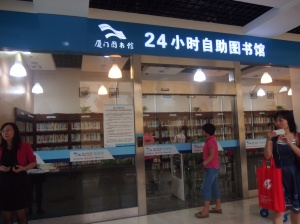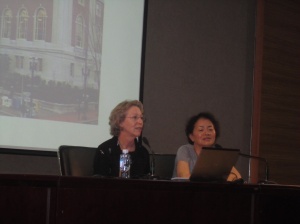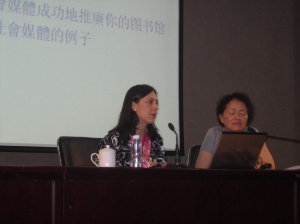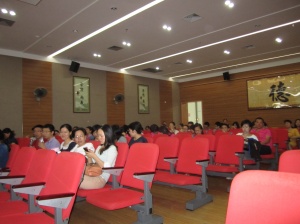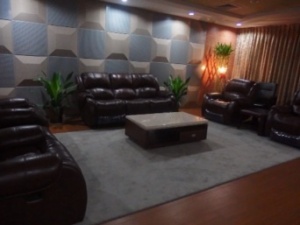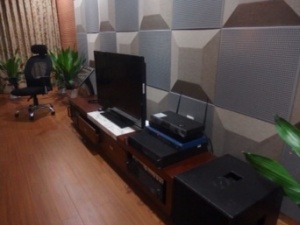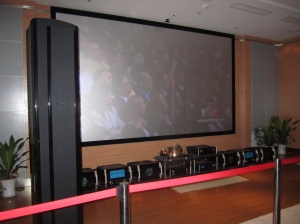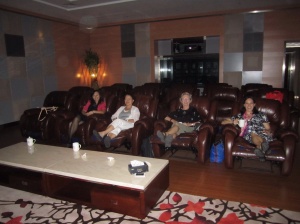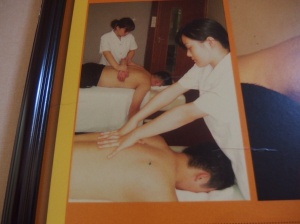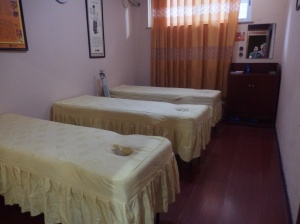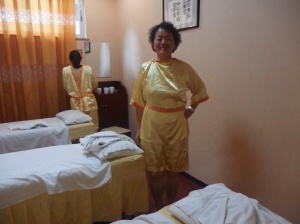On Thursday, we visited the main Xiamen University library and the Tan Kah Kee library (a branch campus of Xiamen University). Deputy Director Wang Mingli was our very gracious host. As we mentioned in a previous post, the heart of Xiamen city is on an island, but the city limits of Xiamen extends to the mainland. The main campus of Xiamen University is on the island and one of the branch campuses that we visited (Tan Kah Kee) is located on the mainland. Since our hotel is located on the island, we took a ferry to the mainland to visit Tan Kah Kee, as it’s faster than driving.

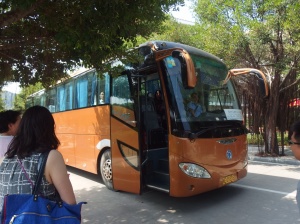
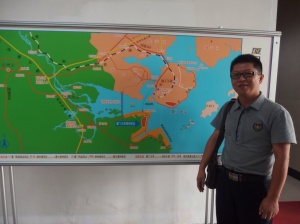
Wang met us on the island side ferry terminal and explained that many of our fellow ferry commuters were Tan Kah Kee teachers who take the ferry to the mainland everyday to the college. Once we got off the ferry on the mainland side, a campus bus drove us to the campus. The campus is quite large and includes a golf course, amphitheater, several large buildings, and supports 15,000 students.
The library is a marvel – five floors of marble and glass. They have compact shelving on the first floor for less-used items and on floors 2 – 4 study spaces and open shelves with printed materials.
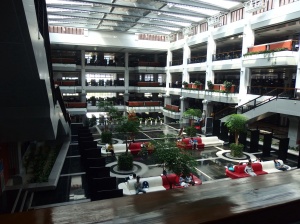
Wang helped to build the library and as its director, spends three days a week managing it and two days a week on the Xiamen University campus attending to his duties as a deputy director there.
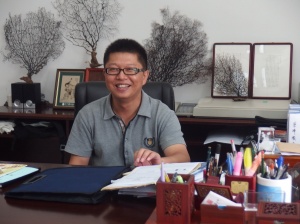
The fifth floor has tables that seniors can reserve to use for the term, meaning they are allowed to leave study materials at their table in the library for their studies. They must check in with their library card every time they come to the library to use their reserved spot and if a student isn’t using their reserved spot regularly, they lose it.
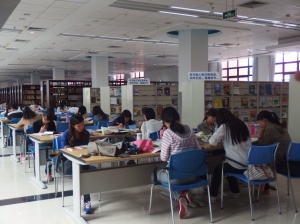
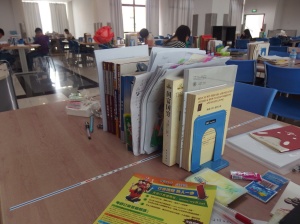
After our tour of the library, we had lunch in the faculty cafeteria. The faculty cafeteria is on the first floor of a building that provides temporary housing (like a hotel room) for faculty who do not live in faculty housing on campus (i.e. those who live on the “island” vs. the “mainland”, should they need a rest during the day between classes or if their schedule requires them to stay on campus for an extended period.
Then, it was back on the bus and ferry to head back to the island to visit the main Xiamen University library. Again, it was a large space with many different departments and staff. One of themes we’ve noticed here is that libraries rarely say “no” to donations from people or organizations that offer them. Thus, many of the cataloging departments are swamped with work. At Xiamen University, they had stacks and stacks of boxes of donated books to be cataloged. We asked how they prioritize and Wang said the university librarian, librarians, and sometimes faculty or scholars within a field/discipline will help determine what should be kept by the library and added to the library’s collection. Those books that aren’t kept are sent to other libraries.
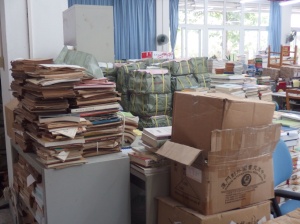
An interesting project that XU is working on is digitizing pre-1949 newspapers. They have two document cameras made by a company called TIZ that allow them to take pictures of them.
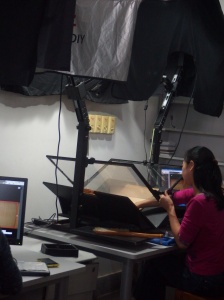
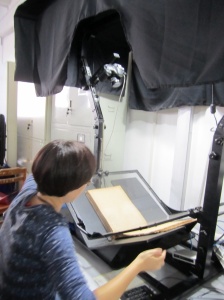
We then met the Xiamen University Librarian, Dehong Xiao, who has visited Oregon. He’s also the director of XU’s technology department, so he has a lot of duties on campus.
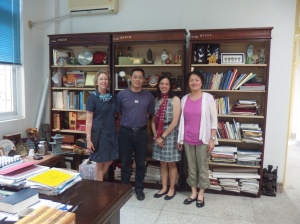
We ended the day with a meal at a restaurant owned and managed by a Buddhist Temple, so it was entirely vegetarian and one of the most delicious meals we’ve had during the trip.
